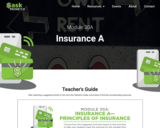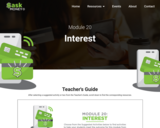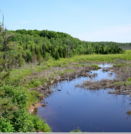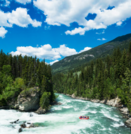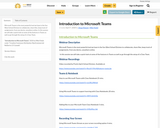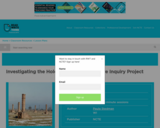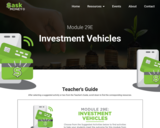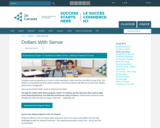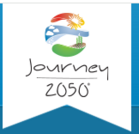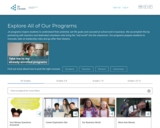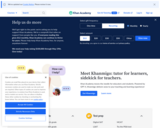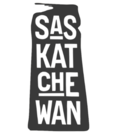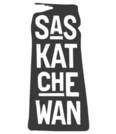"JA programs inspire students to understand their potential, set life goals and succeed at school and in business. We accomplish this by partnering with teachers and dedicated volunteers who bring the “real world” into the classroom. Our programs prepare students to innovate, take on leadership roles and go after their dreams."
You have to sign up for a free account to access these courses.
Grades 3-6 - More than Money, A Business of Your Own, JA Fun & Games, JA BizCraft, Bite-sized Learning
Grades 7-9 - Dollars with Sense, Economics for Successs, JA BizCraft, Success Skills, Bite-Sized Learning
Grades 10-12 - Money Questions, Career Exploration, Economics for Success, Be Entrepreneurial, Personal Finance, Post Secondary Questions, JA BizCraft, Investment Strategies, Entrepreneurial Trades, Success Skills, Public Speaking, Webinar Series
JA also offers classroom and virtual programs!
